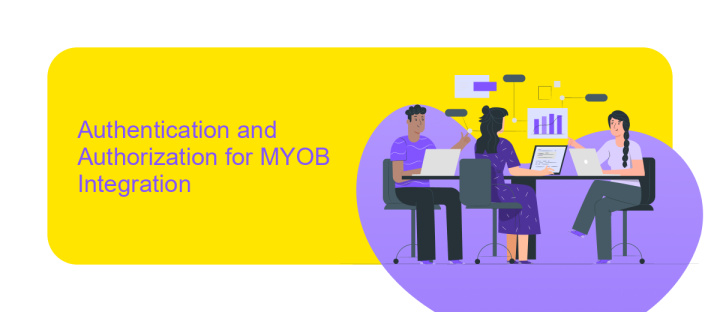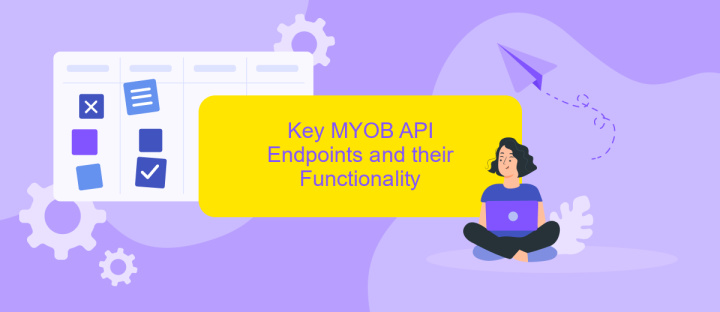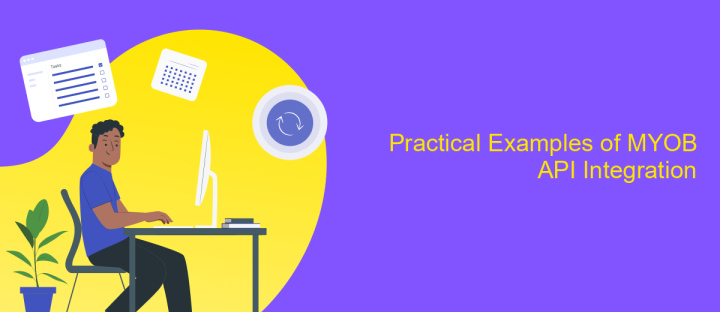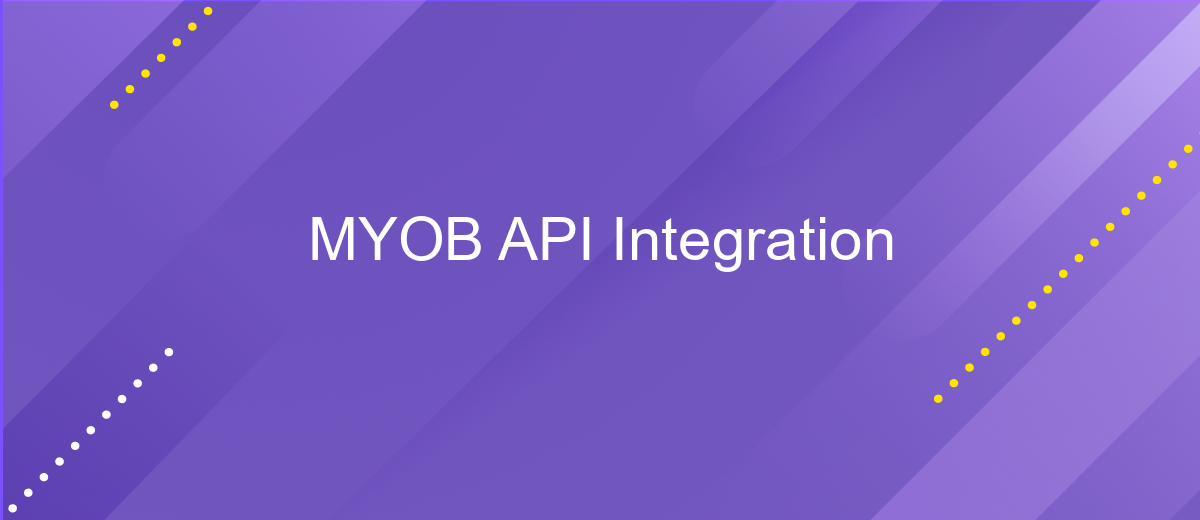MYOB API Integration
In today's fast-paced business environment, efficient management of financial data is crucial for success. MYOB API integration offers a seamless solution for businesses looking to streamline their accounting processes. By connecting MYOB with other essential applications, companies can automate data entry, reduce errors, and gain real-time insights into their financial health. Discover how MYOB API integration can transform your business operations and enhance productivity.
Understanding the MYOB API Landscape
The MYOB API landscape is a comprehensive suite of tools designed to facilitate seamless integration with MYOB's accounting software. This API ecosystem allows developers to connect external applications to MYOB, enabling data synchronization, automation, and enhanced functionality. Understanding the various components and capabilities of the MYOB API is crucial for businesses aiming to streamline their accounting processes and improve operational efficiency.
- AccountRight API: Offers access to MYOB's AccountRight software, allowing for operations such as creating invoices, managing contacts, and processing payments.
- Essentials API: Tailored for MYOB Essentials, this API supports basic accounting tasks including transaction management and payroll processing.
- Advanced API: Provides advanced functionalities for larger enterprises, supporting complex integrations and custom solutions.
By leveraging the MYOB API, businesses can automate routine tasks, reduce manual data entry, and gain real-time insights into their financial data. This integration not only enhances productivity but also ensures that businesses can adapt quickly to changing financial landscapes. As a result, companies can focus more on strategic decision-making and less on administrative burdens.
Authentication and Authorization for MYOB Integration

Integrating with MYOB API requires a robust authentication and authorization process to ensure secure access to financial data. The process starts with obtaining API keys from the MYOB developer portal. These keys serve as a unique identifier for your application and must be kept confidential. MYOB uses OAuth 2.0 for authentication, which involves redirecting users to MYOB's authorization server to obtain an access token. This token grants temporary access to the API and must be included in the header of each API request.
For seamless integration, services like ApiX-Drive can be utilized to streamline the authentication process. ApiX-Drive provides a user-friendly interface to manage API connections, reducing the complexity of handling tokens and keys. It automates the token refresh process, ensuring uninterrupted access to MYOB data. Additionally, ApiX-Drive offers monitoring tools to track API usage and manage permissions effectively. By leveraging such services, businesses can focus on leveraging MYOB data without worrying about the intricacies of authentication and authorization.
Key MYOB API Endpoints and their Functionality

Integrating with the MYOB API offers a range of endpoints that facilitate seamless business operations. These endpoints are essential for accessing various functionalities and ensuring efficient data management. Understanding their roles can significantly enhance the integration process, providing businesses with robust solutions tailored to their needs.
- Contacts Endpoint: Manages customer and supplier information, allowing for easy updates and retrieval of contact details.
- Invoices Endpoint: Facilitates the creation, retrieval, and management of invoices, ensuring accurate financial records.
- Inventory Endpoint: Provides access to inventory data, enabling efficient stock management and product tracking.
- General Ledger Endpoint: Offers comprehensive access to financial transactions and account balances, crucial for accounting processes.
- Purchase Orders Endpoint: Streamlines the purchase order process, from creation to tracking and management.
These key endpoints empower businesses to automate and optimize their financial and operational workflows. By leveraging the MYOB API, organizations can enhance their efficiency, reduce manual errors, and gain real-time insights into their business activities. Understanding these endpoints is vital for developers seeking to maximize the benefits of MYOB API integration.
Practical Examples of MYOB API Integration

Integrating with the MYOB API can significantly streamline business operations by automating tasks and improving data accuracy. One practical example is the synchronization of financial data between MYOB and other business platforms. By connecting MYOB with CRM systems, businesses can ensure that customer information and transaction details are consistently up-to-date across all platforms.
Another example is the automation of payroll processes. By integrating MYOB with HR management systems, businesses can automate the collection of employee data, calculate salaries, and process payments without manual intervention. This not only saves time but also reduces the risk of errors in payroll management.
- Automated invoice generation and tracking.
- Real-time inventory management updates.
- Seamless integration with e-commerce platforms for order processing.
- Enhanced financial reporting capabilities through data consolidation.
These examples illustrate the versatility of MYOB API integration in enhancing business efficiency. By leveraging these integrations, companies can focus more on strategic initiatives rather than routine administrative tasks, ultimately leading to improved productivity and growth.
- Automate the work of an online store or landing
- Empower through integration
- Don't spend money on programmers and integrators
- Save time by automating routine tasks
Best Practices and Troubleshooting for MYOB API Integration
When integrating with the MYOB API, it is essential to follow best practices to ensure a smooth and efficient process. Start by thoroughly reviewing the MYOB API documentation to understand the endpoints and data structures. Use secure authentication methods, such as OAuth, to protect sensitive information. Implement robust error handling to manage API response errors gracefully. Regularly monitor your API usage and performance to identify any issues early. For seamless integration, consider using services like ApiX-Drive, which offer tools to automate and simplify the connection between MYOB and other platforms.
Troubleshooting MYOB API integration issues requires a systematic approach. First, verify that your API keys and authentication tokens are correct and have the necessary permissions. Check the API request and response logs for any error messages or status codes that can provide clues to the problem. Ensure that your application complies with MYOB's API rate limits to avoid disruptions. If issues persist, consult the MYOB developer community forums or reach out to their support team for assistance. Utilizing ApiX-Drive can also help diagnose and resolve integration challenges by providing detailed analytics and support.
FAQ
What is MYOB API and how can it be used for integration?
How do I start integrating MYOB API with my application?
What are the common challenges faced during MYOB API integration?
Can I automate MYOB API integration without extensive coding knowledge?
What are the benefits of integrating MYOB with other business applications?
Time is the most valuable resource in today's business realities. By eliminating the routine from work processes, you will get more opportunities to implement the most daring plans and ideas. Choose – you can continue to waste time, money and nerves on inefficient solutions, or you can use ApiX-Drive, automating work processes and achieving results with minimal investment of money, effort and human resources.


